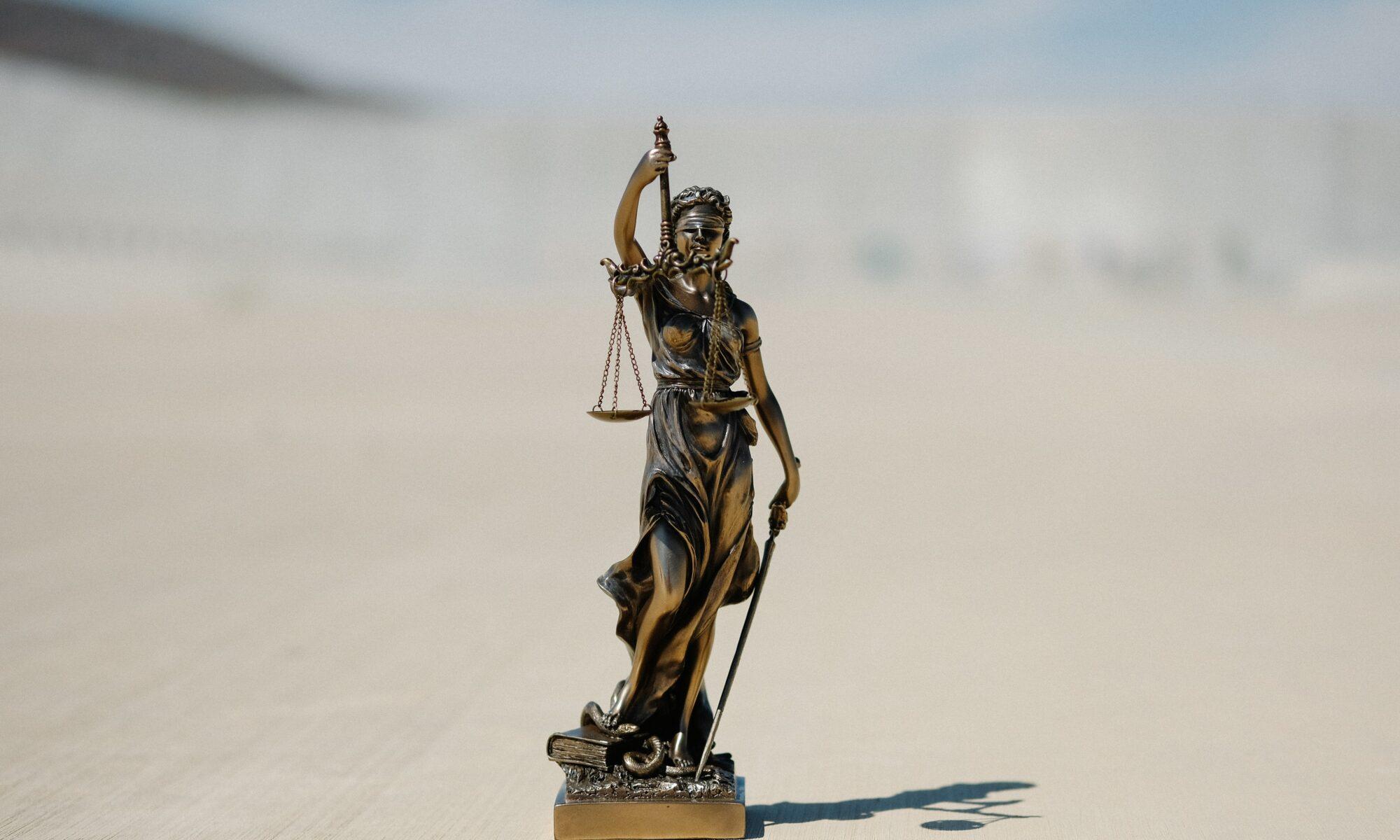In the realm of personal injury law, practitioners waltz on the precipice of irony. You’re the beacon of hope for those seeking restitution for personal harm, whether deliberate or accidental. Yet, you yourself tiptoe around a labyrinth of potential pitfalls, one of the most alarming being a lawsuit for legal malpractice. Paradoxically, it seems the savior might require saving.
Tales of seasoned attorneys bested by legal malpractice lawsuits often possess a common villain: communication failures. In our exploration, we’ll delve into the elaborate symbiosis of client-lawyer relationships, unpacking the art of conversation and how its mastery can shield against legal malpractice.
Lifeblood of Law: Personal Injury and its Stewards
Imagine navigating a jungle with a blindfold. The enigma of personal injury law can feel like that for those caught in its grasp. It’s a labyrinth where accidents metamorphose into complex cases demanding retribution. Your clients, bewildered, seek your legal prowess to advocate for their dues – whether medical expenses, compensation for wages lost in the healing process, or solace for their suffering.
The role of a personal injury lawyer thus transfigures from a mere professional to a custodian of justice. Yet, as the sword of justice may protect, it may also injure. Mistakes, an inevitable companion of any profession, in this realm bear severe implications, blooming into legal malpractice claims.
The Achilles Heel of Personal Injury Law
In the grand arena of personal injury law, a common adversary emerges: the inability to communicate effectively. Communication, while often underemphasized, is an invisible yet potent glue holding the client-lawyer bond intact. Melt this glue, and relationships crumble, mistrust festers, and legal malpractice claims sprout.
The catalysts to these communication disasters aren’t always sinister. Sometimes, they’re mundane, born from unreturned calls or emails, an opaque barrier to case updates, or legal jargon that might as well be an alien language to the clients. However, their repercussions are anything but ordinary. They sow seeds of frustration, confusion, even abandonment in clients’ hearts.
The Domino Effect: Communication Breakdowns and Legal Malpractice
Now, you may ask, how far-reaching can the effects of a simple communication breakdown be? Unfortunately, far. Trust, once evaporated, could redirect clients to other legal representatives, putting a dent in your business. Even graver, these fissures might pave the way for legal malpractice claims.
A legal malpractice claim is an arrow shot when a lawyer, failing to fulfill professional duties, inflicts harm upon a client. A prevalent manifestation is the failure to uphold seamless communication.
The Lifeline: Dodging Communication Breakdowns
Navigating the murky waters of legal malpractice claims requires personal injury lawyers to weave a robust communication safety net. Let’s look at a few threads that can reinforce this safety net:
- Clear Channels of Communication: Begin by setting a clear framework for communication. It could be as simple as committing to respond to all queries within a day. Catering to clients’ preferred modes of communication, whether emails, phone calls, or face-to-face interactions, builds trust and openness.
- Frequent Updates: A regularly updated client is a reassured client. Regular briefings on case progress, prompt responses to inquiries, and addressing concerns foster an environment of transparency and understanding.
- Empathetic and Clear Communication: At the core of effective communication lies empathy and simplicity. Eschew the complexity of legal jargon and engage clients with a language they comprehend. A few resources like legal glossaries or FAQs could also help illuminate the path for clients.
Beyond communication lapses, other pitfalls like negligence, breaching fiduciary duty, or conflict of interest can birth legal malpractice claims. However, these all stem from a fundamental failure of effective communication.
In conclusion, the dance of law is a delicate one. The balance between efficient advocacy and effective communication can be precarious. However, with conscious effort, personal injury lawyers can tip the scales in their favor, bolstering client relationships while also safeguarding against malpractice claims. A stitch in time, after all, saves nine.
The intricate ballet of personal injury law is an arena of paradoxes, where advocates of justice might find themselves in need of a defense. At its heart, it is a profession that calls for the protection and restitution of the injured, whether due to deliberate harm or accidental misfortune. Personal injury lawyers, often perceived as saviors, shoulder this responsibility and the intricate risks that come with it. One of the most potent threats they face is the specter of a legal malpractice lawsuit, where the savior might ironically find themselves in need of saving.
The Achilles’ heel of this profession, surprisingly, is not an obscure legislative loophole or a complex legal precedent. Instead, it is something as simple yet profound as communication. Our exploration reveals how, in the client-lawyer dance, communication serves as the lifeline, the rhythm that keeps both parties in sync. When mastered, it offers a shield of protection against potential malpractice claims. It is this delicate symbiosis we now seek to unravel.
Personal injury law is a realm where the victims of accidents or intentional harm are thrust into a labyrinthine legal process, often without a clear understanding of the path ahead. They rely on personal injury lawyers to chart this course, seeking guidance and advocacy to secure their rightful dues. This could be compensation for medical expenses, lost wages, or simply restitution for their suffering. In this dance, the lawyer becomes more than a professional; they are the custodian of justice, wielding the sword that seeks to right wrongs. However, every sword has two edges, and in this case, mistakes, an inevitable aspect of any profession, could turn that weapon inward, giving rise to legal malpractice claims.
The primary antagonist in this narrative is often a breakdown in communication. This invisible yet potent thread binds the client-lawyer relationship, and when it unravels, the consequences can be severe. The triggers can be seemingly insignificant – an unanswered phone call, a delayed email response, or a barrage of complex legal jargon that obfuscates rather than enlightens. But their impact can be deep, sowing seeds of doubt and mistrust, and in some cases, giving rise to malpractice claims.
The consequences of ineffective communication can be vast and far-reaching. They can lead to a deterioration of trust, resulting in clients seeking representation elsewhere and damaging the lawyer’s professional reputation. In more severe cases, they can serve as the basis for a legal malpractice claim, accusing the lawyer of failing to meet their professional duties and causing harm to their client. Often, such claims are rooted in a lack of effective communication.
To circumnavigate these potential hazards, personal injury lawyers must construct a solid communication strategy. This could entail setting clear expectations regarding communication modes and timings, providing regular updates on the case’s progress, and communicating with clients in language they comprehend. This is not merely about reducing the risk of legal malpractice claims, but also about cultivating a relationship grounded in trust, transparency, and mutual respect, where the client feels acknowledged, well-informed, and supported.
While there are other potential stumbling blocks that personal injury lawyers must be wary of, such as negligence, fiduciary duty breaches, or conflicts of interest, many of these issues stem from a failure in communication. When a lawyer and their client maintain an open and clear dialogue, fostering mutual understanding, these risks can often be mitigated.
In the complex dance of personal injury law, each action, turn, and leap is of importance. The equilibrium between advocating for a client’s rights and maintaining efficient communication can sometimes feel fragile.
Nonetheless, by diligently working towards maintaining this equilibrium, personal injury lawyers can bolster not only their relationships with clients but also protect themselves from potential malpractice allegations. As the saying goes, prevention is indeed better than cure.
FAQs
What does legal malpractice encompass?
Legal malpractice occurs when a lawyer fails in professional duties, causing client harm. This could result from communication failures, negligence, breach of fiduciary duty, or conflicts of interest.
Why is communication so pivotal in the client-lawyer relationship?
The linchpin of a successful client-lawyer relationship is communication. Clients look to lawyers for advice, guidance, and support in their legal journey. Absence or failure of communication can lead to misunderstandings, mistrust, and potential legal malpractice claims.
What steps can personal injury lawyers take to evade legal malpractice claims?
To dodge legal malpractice claims, personal injury lawyers should ensure clear channels of communication, frequent updates, and empathetic client engagement. Meeting professional obligations such as proficient representation, avoiding conflicts of interest, and maintaining confidentiality is also vital.
What should clients anticipate from their personal injury lawyer?
Clients should expect effective representation, regular updates, and clarity in communication from their personal injury lawyer. Transparency is key in client-lawyer relationships.
Can clients sue their personal injury lawyer for legal malpractice?
Indeed, clients can sue their personal injury lawyer for legal malpractice. If a lawyer fails in their professional duties and causes harm to a client, this could result in a lawsuit. This includes failure in communication, negligence, breach of fiduciary duty, or conflicts of interest.

